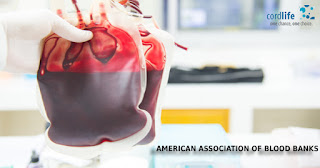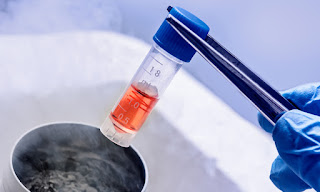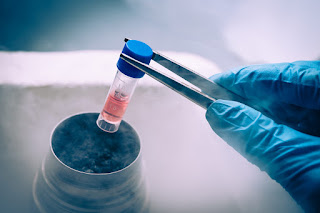The Do's & Don'ts of Breastfeeding

Lucky are those women who have been able to develop a life inside them and also could let that life see the light of this world! Your baby is the most precious gift to you and the most valuable gift you can give it is the gift of health. The ultimate nutritious food for your baby is your breast milk. Breast Milk is the powerhouse of essential nutrients for your baby and no other substitute (formula milk available in the market) can ever match its nutritive value. Breastfeeding do and don't will be summarised in this article to help your baby reap the maximum possible benefits of breast milk. Stem Cells in Breastmilk! In 2007 most probably there was a discovery made that human breast milk contains a kind of stem cell. Later it was discovered that as many as three different types of stem cells have been found present in human breast milk, as per latest revolutionary research made. Dr Foteini Kakulas of The University of Western Australia has made a demonstration reg



